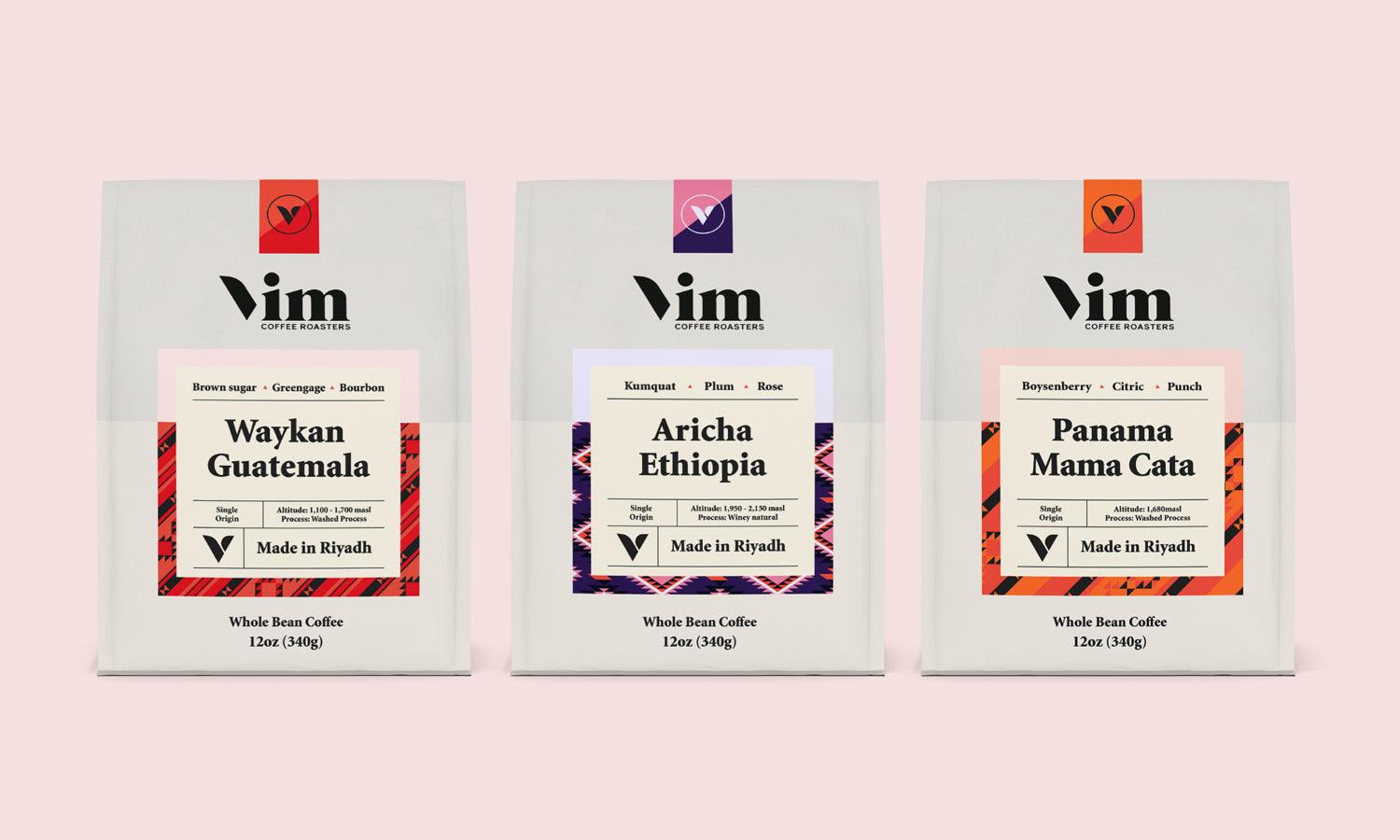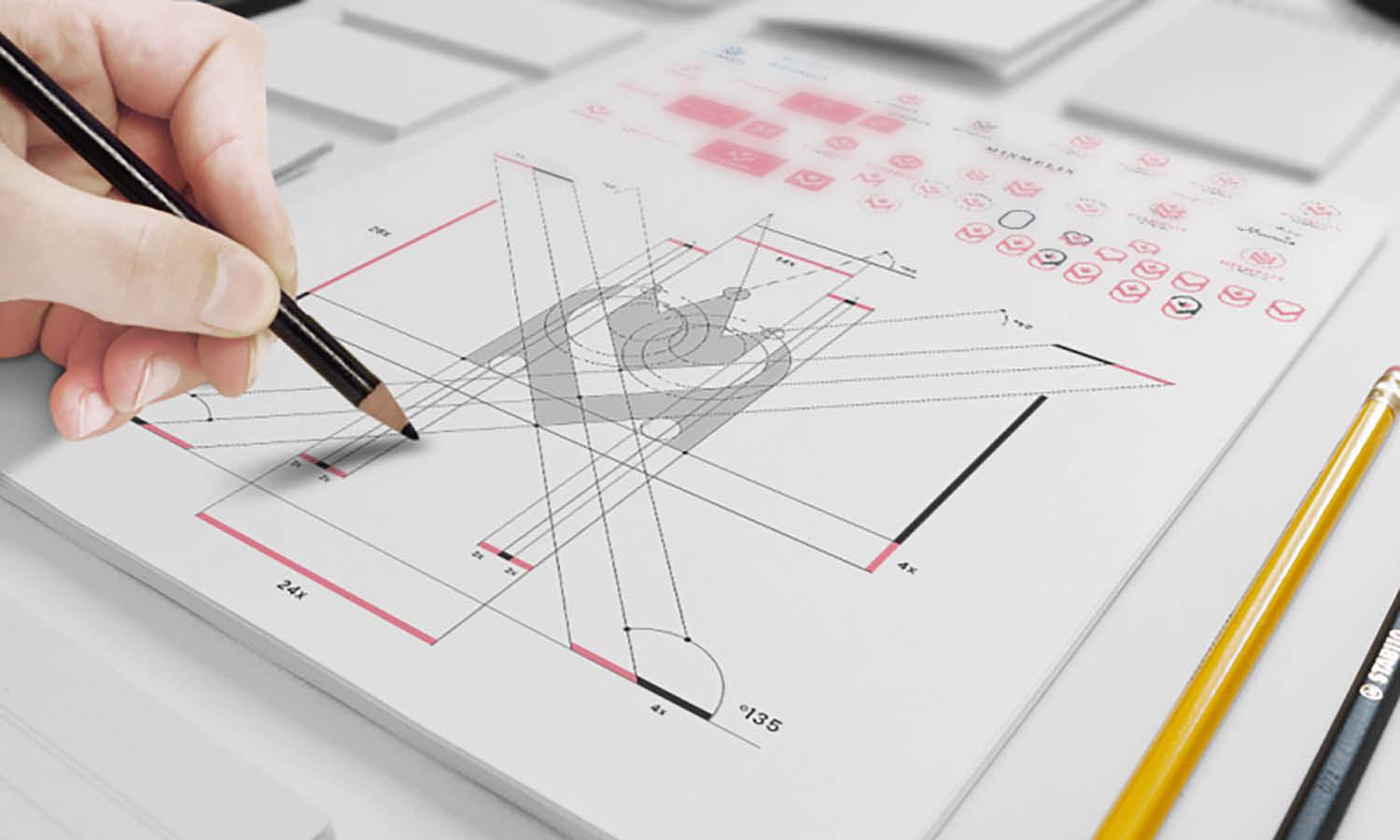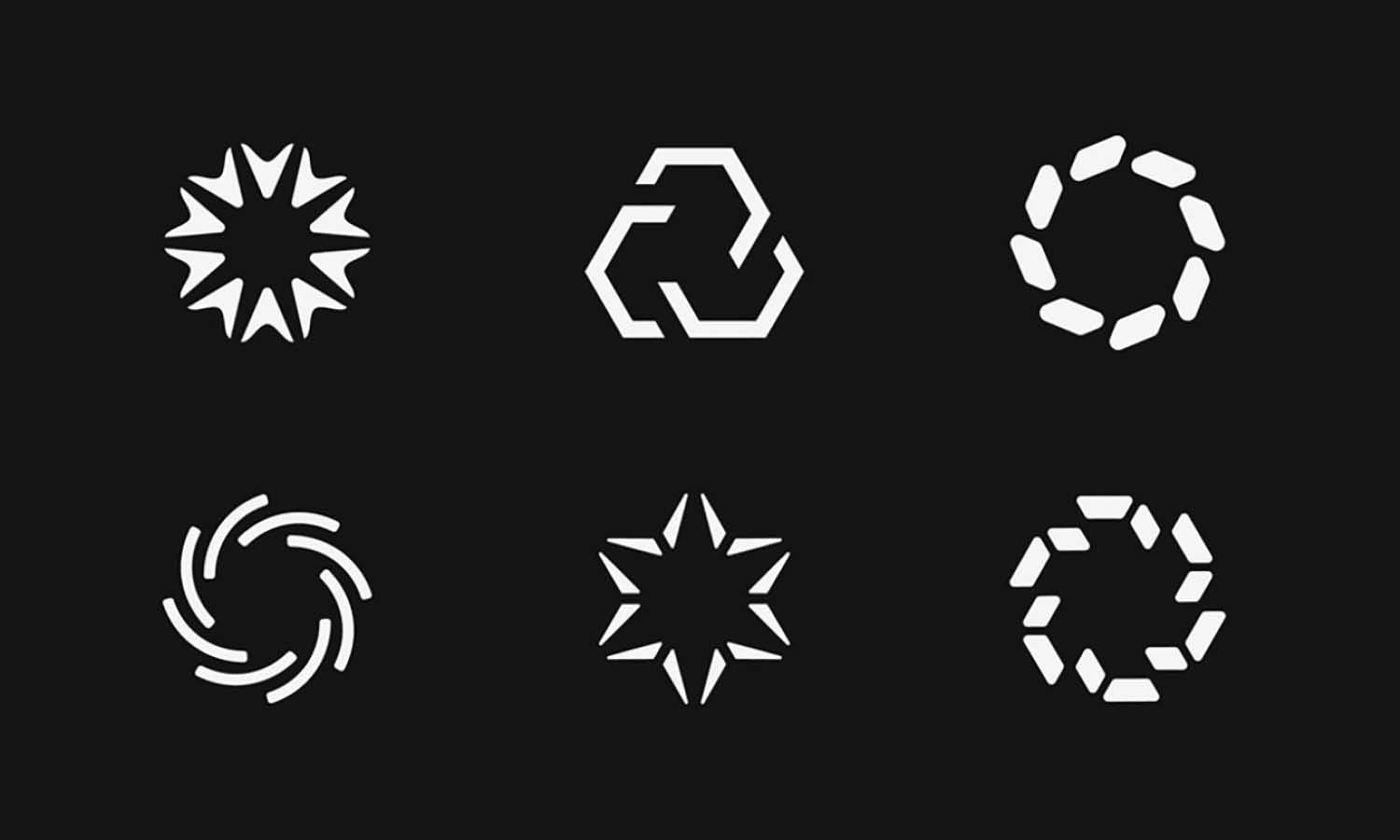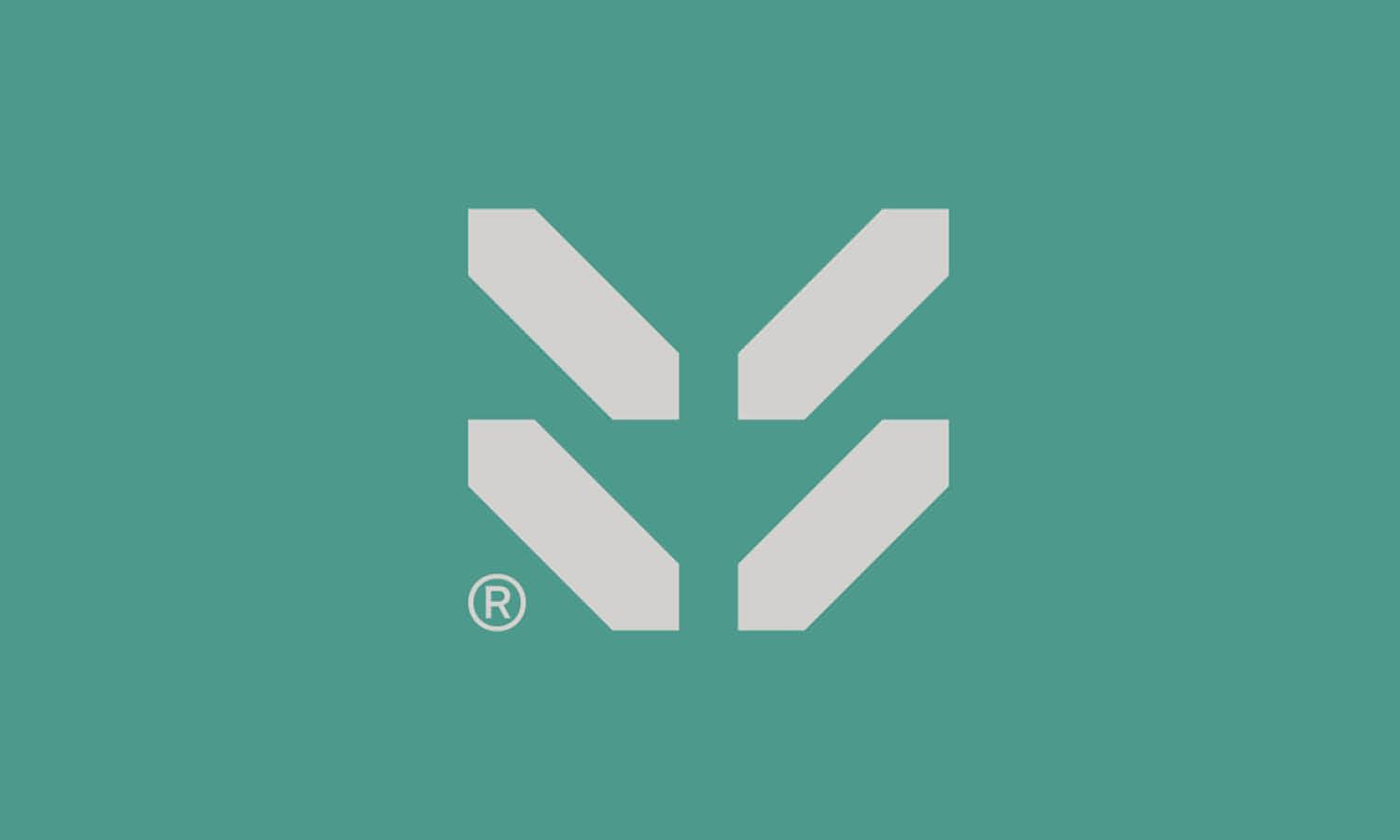How Much Does It Cost To design An App for Your Business

Source: Laura Sodre, NFT Marketplace App, Behance, https://www.behance.net/gallery/131282101/NFT-Marketplace-App
In today's digitally-driven market, developing an app for your business is not just a luxury but a necessity for staying competitive. However, embarking on the journey of app development raises a crucial question: How much does it cost to design an app? The answer isn't straightforward and varies widely depending on several factors. These include the app’s complexity, the platforms it will support, the intricacy of its design elements, and the expertise of the designers involved. Understanding these costs is essential for any business planning to enhance its digital presence through a custom app.
This article aims to demystify the costs associated with designing a business app by breaking down the various elements that influence the final price tag. From choosing between native and hybrid models to considering the impact of user experience (UX) on engagement and retention, we’ll provide a comprehensive look into what businesses can expect to invest in the design phase of app development. Whether you are a startup or an established enterprise, knowing these details will help you budget effectively and make informed decisions that align with your business objectives and financial constraints.
Understanding The Basics Of App Design Costs
When planning to develop an app for your business, it's crucial to first grasp the fundamentals of app design costs. The cost to design an app can vary significantly based on several foundational factors. The complexity of the app is often the primary driver of cost. Simple apps with basic functionality might require less design time and fewer resources, resulting in lower costs. Conversely, more complex apps, featuring advanced functionalities like GPS tracking, real-time user interactions, or intricate animations, will necessitate a more substantial investment.
The skill level and location of the design team also play a critical role in determining the cost. Experienced designers or agencies located in high-wage regions typically charge more, but also bring a level of expertise that can enhance the quality and user experience of the app, potentially offering a higher return on investment.
Additionally, the design phase must account for user interface (UI) and user experience (UX) design, which are crucial for ensuring the app is engaging and easy to use. This involves meticulous planning, prototyping, and multiple revisions, all of which add to the overall cost.
The Importance Of Platform Choice
Choosing the right platform for your business app is a critical decision that significantly impacts both cost and reach. The major platforms, iOS and Android, cater to different user demographics and hardware, with distinct development and design implications. Designing an app specifically for iOS usually involves strict adherence to Apple’s design guidelines, which can be both a constraint and a guide, ensuring a smoother user experience but often at a higher cost due to the need for specialized skills.
On the other hand, Android apps must cater to a wide range of devices and screen sizes, which can increase testing and design complexity. This variability often leads to increased costs as designers must ensure the app functions well across all potential devices, which can multiply the amount of work involved.
Moreover, deciding whether to develop a native app, which is platform-specific, or a hybrid app, which runs on multiple platforms, also affects costs. Native apps, while more expensive, offer better performance and a more seamless user experience on their respective platforms. Hybrid apps, though less costly in terms of development and maintenance, might compromise on speed and overall user experience.
Simple Vs. Complex App Designs
The dichotomy between simple and complex app designs significantly influences the cost and development process of a business app. Simple apps typically have a basic user interface with limited functionality, such as a calculator or a timer. These apps require fewer design hours and resources, leading to a lower overall cost. They are ideal for businesses looking to solve a single problem or offer a straightforward service without the need for extensive user interactions or data processing.
Complex apps, in contrast, include features such as real-time data synchronization, complex user interactions, custom animations, and advanced functionalities like augmented reality or artificial intelligence. Designing these apps requires a high level of expertise from both UI and UX designers to ensure that the app remains intuitive and engaging despite its complexity. This level of sophistication necessitates a larger team, more testing, and a longer timeline, all of which contribute to a higher cost.
For businesses, choosing between a simple or complex design should be dictated by their specific needs, target audience, and budget constraints. A well-designed simple app can effectively engage users and fulfill business requirements at a lower cost, while a complex app can offer a more dynamic, engaging user experience with higher potential returns on investment.

Source: Roman Lieli, UI/UX Design App Collection Vol 1, Behance, https://www.behance.net/gallery/43754791/UIUX-Design-app-collection-vol-1
Role Of Design Complexity In Cost
Design complexity is a critical factor that directly impacts the cost of creating a business app. As the complexity of an app's design increases, so does the need for specialized skills and more intricate work, which in turn raises the cost. Complex designs involve sophisticated user interfaces, detailed graphics, and animations that require the expertise of seasoned designers. These elements are crucial for enhancing user engagement but come at a higher price.
The complexity of an app can also extend to its functionality, including backend integrations, the use of high-end technologies like machine learning, and real-time capabilities that need thorough testing and optimization. Each additional feature or advanced technology incorporated into the app requires more time for development and design, increasing the overall project cost.
Moreover, complex app designs often necessitate extensive user research and testing to ensure usability and effectiveness, which involves additional resources and can significantly extend the project timeline. This phase is essential for avoiding costly redesigns and ensuring the app meets user expectations and business goals from the outset.
UI And UX Design Investments
Investing in UI (User Interface) and UX (User Experience) design is crucial for the success of any business app. These elements play a pivotal role in ensuring that the app is not only aesthetically pleasing but also functional and user-friendly. The cost of UI and UX design varies widely based on the app’s complexity and the specific user needs it aims to meet. Effective UI design focuses on the app’s visual aspects and user interactions, such as buttons, icons, and typography, which must be intuitive and aligned with the latest design trends. This requires skilled designers who can create a visually compelling interface that resonates with users.
UX design, on the other hand, involves a deep understanding of the user’s journey within the app. It focuses on optimizing the app’s usability to enhance user satisfaction. This includes wireframing, prototyping, usability testing, and iterative design changes based on user feedback. These processes are essential for creating an app that offers a seamless and engaging user experience, leading to higher retention rates and positive reviews, which are vital for the app’s success.
The costs associated with UI and UX design can be significant, but they are a worthwhile investment. Businesses that prioritize high-quality UI/UX design often see a return in the form of increased user engagement and loyalty, which translates into higher revenue and growth. Thus, while UI and UX design require upfront costs, they are indispensable for building a successful app that stands out in a competitive market.
Features That Influence Design Costs
The features included in a business app can significantly impact the overall design costs. Essential features like user registration, profile management, and basic navigation are standard and usually don't add much to the cost. However, more advanced functionalities such as GPS capabilities, push notifications, real-time chat, or complex data integration require more sophisticated design and development efforts, which increase the project’s price tag.
For instance, incorporating social media integration not only requires additional UI elements but also backend development to ensure smooth data exchange between platforms. Similarly, features like in-app purchasing systems demand secure, reliable payment processing integrations, which involve complex security measures and thorough testing to safeguard user data.
Moreover, the inclusion of multimedia content, such as video streaming or high-resolution photo galleries, can also elevate design costs due to the need for high-performance interfaces and data management solutions. The ability to handle large volumes of data and provide a seamless user experience without lagging or crashing is crucial and requires intensive design and testing.
Each additional feature adds layers of complexity to the app design project, requiring more time, expertise, and resources to implement effectively. Therefore, businesses must carefully consider which features are essential for meeting their goals and providing value to users, as each has direct implications for the cost and timeline of the app development process. Prioritizing features based on strategic business needs and user demand can help manage costs while ensuring the app meets its intended purpose effectively.
Third-Party Integrations
Integrating third-party services into a business app can significantly influence both the functionality and the cost of app design. These integrations may include payment processors, social media platforms, data analytics tools, or customer relationship management (CRM) systems. Each of these services enhances the app's capabilities but also adds complexity and cost to the design and development process.
The expense associated with third-party integrations depends largely on the nature of the service being integrated. For example, incorporating a payment gateway like PayPal or Stripe requires not only the initial setup but also ongoing maintenance to ensure security and compliance with financial regulations. Similarly, integrating a social media API to enable sharing or authentication features involves dealing with the specific requirements and limitations of each platform, which can vary widely.
Each integration often requires additional security measures, thorough testing, and sometimes the purchase of licenses or subscriptions to the third-party service. These costs can accumulate, especially if multiple integrations are necessary to meet the business needs.

Source: Kübra Hayal, Add Payment Method Daily UI, Behance, https://www.behance.net/gallery/190323217/ADD-PAYMENT-METHOD-DAILY-UI?
Design Cost Differences Between Native And Hybrid Apps
When developing a business app, choosing between a native and a hybrid platform can have significant implications for both the cost and the performance of the app. Native apps, built specifically for one platform like iOS or Android, offer the best performance, the highest security, and the best user experience. However, these benefits come at a higher cost due to the need for specialized skills and separate development teams for each platform, doubling the effort for businesses targeting both iOS and Android users.
Hybrid apps, on the other hand, use a single codebase to run on multiple platforms, which can reduce development and maintenance costs significantly. Technologies like React Native or Flutter allow for faster deployment across multiple platforms without the need for duplicate development efforts. This approach can lower upfront costs and speed up the development process, but it may compromise on the app’s performance and the ability to utilize platform-specific features.
The choice between native and hybrid designs also impacts ongoing maintenance costs. Native apps typically require more extensive updates and testing with each new version of an operating system, while hybrid apps can be easier and less costly to update due to their unified codebase.
App Security And Data Privacy
In the development of business apps, prioritizing app security and data privacy is not just a feature—it's a necessity. Ensuring robust security measures and protecting user data can significantly influence the cost of app design and development. Investments in security can prevent potential breaches that might lead to severe financial and reputational damage.
Security measures such as encryption, secure data storage, and secure communication channels are essential to safeguard sensitive information. These features require the expertise of specialized security professionals, which can increase the overall project cost. Additionally, complying with international standards and regulations like GDPR or HIPAA, depending on the target market, requires thorough testing and validation, adding to the cost.
The integration of advanced security technologies like biometric authentication, two-factor authentication, or blockchain for transactions also contributes to higher costs. However, these investments are critical in building trust with users, especially in apps handling financial transactions, personal data, or health information.
Budgeting For Ongoing Updates And Maintenance
The launch of a business app is only the beginning. Ongoing updates and maintenance are crucial to ensure the app remains functional, secure, and competitive. Budgeting for these ongoing costs is essential for long-term success and should be considered during the initial planning stages.
Regular updates may include new features to meet changing user needs, improvements to existing functionalities, or adjustments based on user feedback. Each update requires design, development, and testing, all of which incur costs. Additionally, apps need to be updated to remain compatible with the latest versions of operating systems and hardware, necessitating regular technical revisions.
Maintenance involves monitoring the app’s performance, fixing bugs, and handling security vulnerabilities. These tasks require a dedicated team to ensure the app operates smoothly and securely, which represents a recurring expense.
Planning for these expenses should involve setting aside a portion of the app’s revenue or securing a maintenance budget. This financial planning helps avoid disruptions in service and ensures that the app can evolve in response to market and technology trends.
Conclusion
Designing an app for your business involves careful consideration of various costs, from initial design and development to ongoing maintenance and security. While the investment can be significant, the potential returns in terms of enhanced customer engagement and competitive advantage can far outweigh these expenses. Businesses must strategically plan their app development, prioritizing essential features and security to ensure a product that meets user needs and aligns with budget constraints. Ultimately, a well-designed app is an invaluable asset that can propel your business forward in the digital landscape.
Let Us Know What You Think!
Every information you read here are written and curated by Kreafolk's team, carefully pieced together with our creative community in mind. Did you enjoy our contents? Leave a comment below and share your thoughts. Cheers to more creative articles and inspirations!
















Leave a Comment